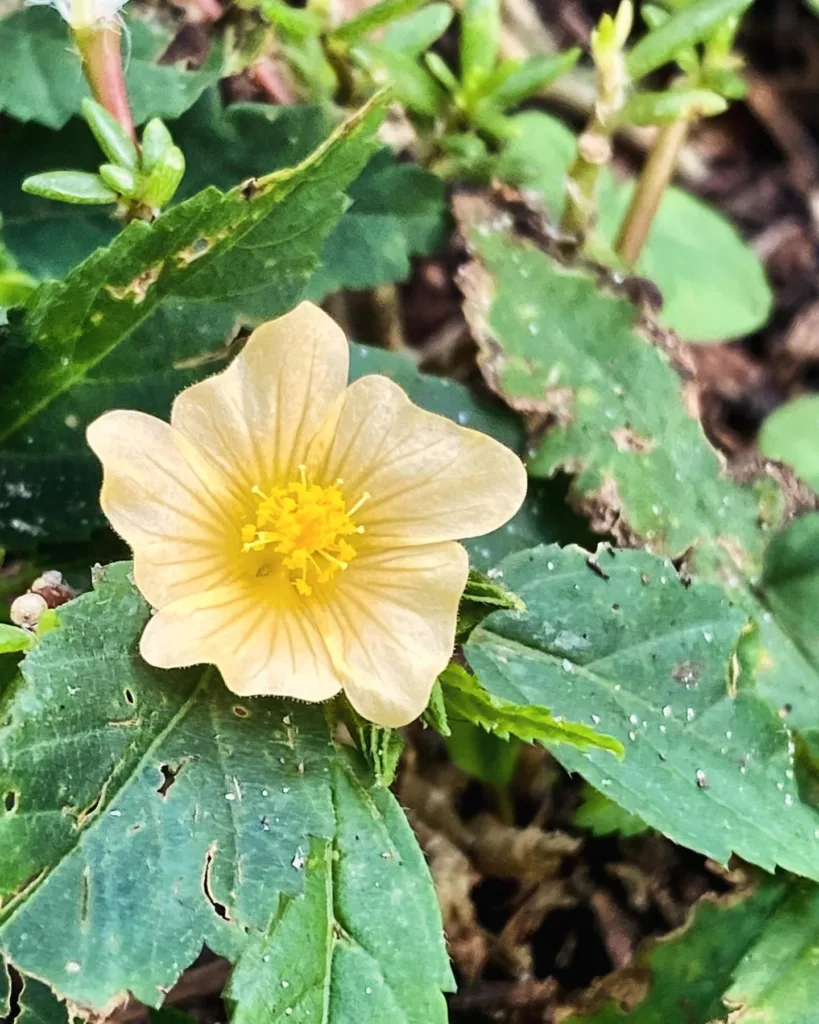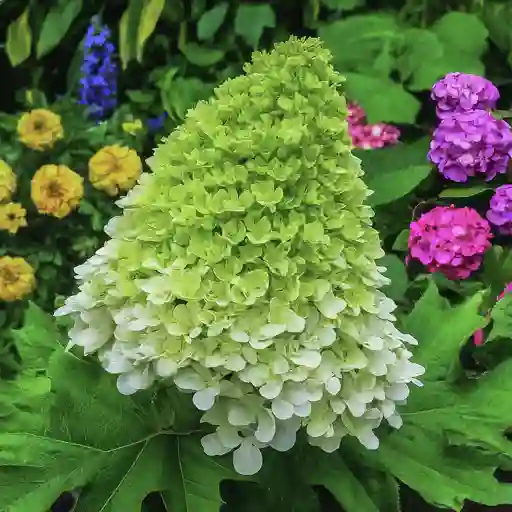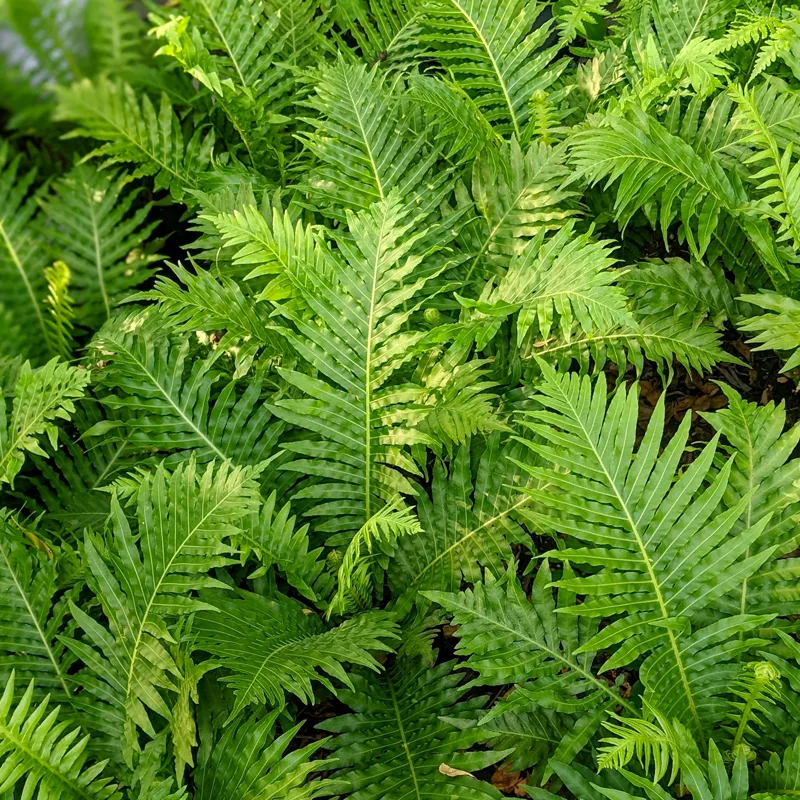Crassula Alstonii: Everything You Need to Know
When I first encountered Crassula Alstonii, I was captivated by its unique charm. This succulent is a delightful addition to any plant collection. As with many succulents, there are frequently asked questions about how to care for, propagate, and pair it with other plants. Here’s a comprehensive guide based on my experiences and research.
What Is Crassula Alstonii?
Crassula Alstonii is a small, attractive succulent native to South Africa. It’s known for its rosette-shaped clusters of thick, fleshy leaves that are a vibrant green with reddish edges. The plant grows in a compact, low-spreading form, making it an excellent choice for container gardening or as a ground cover. What sets it apart is its ability to form intricate, symmetrical rosettes, adding a touch of elegance to any space.
How to Care for Crassula Alstonii?
Taking care of Crassula Alstonii is relatively straightforward. Here’s what I’ve found works best:
- Light: Crassula Alstonii thrives in bright, indirect light. I’ve had success placing mine near a south-facing window where it gets plenty of light without direct sunburn. It can tolerate some direct sunlight, but too much can cause the leaves to scorch.
- Watering: This succulent is drought-tolerant. I water mine deeply but infrequently, allowing the soil to dry out completely between waterings. Overwatering can lead to root rot, which I’ve learned the hard way.
- Soil: Well-draining soil is crucial. I use a mix designed for succulents and cacti, often combining standard potting soil with perlite or sand for better drainage.
- Temperature: Crassula Alstonii prefers warmer temperatures, ideally between 60-80°F (15-27°C). It can handle cooler temperatures but should be protected from frost. I bring mine indoors during the colder months.
- Fertilizing: I fertilize my Crassula Alstonii sparingly, about once in the spring and summer. A diluted, balanced fertilizer works well. Too much fertilizer can lead to excess growth and reduced leaf color.
How to Propagate Crassula Alstonii?
Propagation of Crassula Alstonii is one of the most rewarding aspects of caring for this plant. Here’s a step-by-step process based on my experience:
- Leaf Cuttings: The most common method is using leaf cuttings. Gently twist a healthy leaf from the plant, making sure you get a clean break. Allow the leaf to dry out for a day or two to form a callus.
- Planting: Once the leaf has callused, place it on top of well-draining soil, and lightly press it in. Water sparingly until new roots and leaves start to form.
- Offsets: If your plant produces offsets (baby plants), you can separate them from the main plant. I use a clean knife to gently detach the offset and plant it in its own pot.
What to Plant with Crassula Alstonii?
Crassula Alstonii pairs beautifully with other succulents and cacti. Here are some companions that I’ve found to work well:
- Echeveria: Their rosette shapes complement each other, creating a visually appealing contrast.
- Sedum: Low-growing sedums add texture and variety to the arrangement, thriving in similar conditions.
- Aloe Vera: Aloe Vera’s upright growth and spiky leaves contrast nicely with the more rounded Crassula Alstonii.
Common Issues and Solutions
Over the years, I’ve encountered a few issues with Crassula Alstonii. Here’s how I handle them:
- Root Rot: This is usually caused by overwatering. If you notice mushy, discolored leaves, it’s best to reduce watering and ensure proper soil drainage. I’ve found that removing the affected parts and repotting in fresh soil can save the plant.
- Pest Problems: Occasionally, Crassula Alstonii can attract mealybugs or spider mites. I treat these with insecticidal soap or neem oil, which helps keep pests in check without harming the plant.
Conclusion
Crassula Alstonii is a rewarding plant to grow, offering both beauty and ease of care. By following these tips and being attentive to its needs, you can enjoy a thriving, attractive succulent in your garden or home. Whether you’re new to succulents or a seasoned collector, Crassula Alstonii adds a touch of elegance and charm to any collection.
If i die, water my plants!



